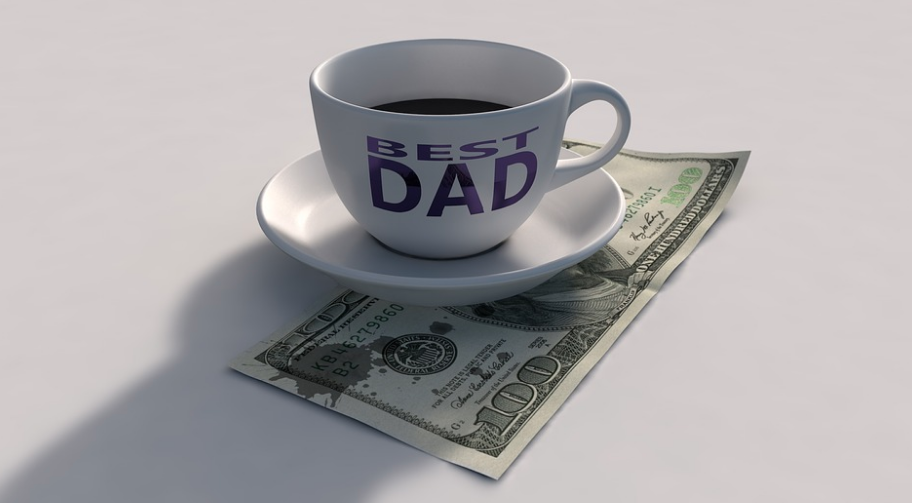 BY MARC MOSS
BY MARC MOSS
Personal loans are attractive to many consumers because they do not require collateral. They basically are unsecured loan transactions where the lenders (not the ones borrowing) assume the greater share of the risk. To compensate, the interest rates are made higher. Some can reach 20 percent of the principal amount, or keep going well past that amount.
To get almost any kind of loan application, borrowers have to establish a trustworthy credit rating. This isn’t a high bar for anyone with a history of paying off their debts. As long as debts are zeroed out on a reasonable timeline, the credit score usually grows reliably.
If you don’t have a favorable score, you may still be eligible for secured loans. These involve collateral so that lenders still have something to claim if you default. A simple loan calculator can help you determine how much more you may pay with a secured loan.
A trend worth noting: a dramatic rise in unsecured loans
Data collected by credit bureau TransUnion reveal a very fast surge in unsecured personal loan usage in the United States. Outstanding balances reached a record $120 Billion—an all-time high.
Analysts say that the observed increase is most likely caused by the ease with which personal loans are processed and granted. There are now online platforms for it. Even established names such as Goldman and Sachs have launched websites that allow their clients to get personal loans online. For them, the online arena is a new fertile ground that needs exploration.
TransUnion’s data seem to support this viewpoint. There is very dramatic growth in terms of the online firms’ contribution to the whole personal loans pie. It was just around 1% in 2010. By the end of 2017, they accounted for a staggering 37% of all personal loans in the United States.
What are the personal loans for?
Finder.com collaborated with Pureprofile to survey more than 2000 personal loan borrowers. They wanted to find out what the respondents’ personal loans were for.
31% of the respondents report that they spent the loaned money on vehicles. Coming in at close second are those who said that they spent the money to settle their bills. They comprise 26% of the sample. Those who say that the money was spent on emergencies, tuition payments and debt consolidation claim the third, fourth, and fifth places respectively.
Two things about these results raise concerns. First, why are loans used to pay the bills such as rent? Bill payments are basic, and they should be within every American’s capacity. The fact that around 26% used loaned money to pay bills can be interpreted to mean that more and more Americans are losing financial traction. They start to depend on debt to live decently. What could have brought about this personal financial crisis? Lack of financial literacy is a possible suspect.
Another concern is the apparent prominence of tuition payments. The amount of money given out as student loans, which is calculated separately from personal loans, is also seen to reach a new high. 2018 reports show that 44.2 million American students collectively have $1.5 Trillion in debt.
Big implications for the future
The fact that education-related expenses creep into the personal loans category tells so much about (1) how expensive education can get and (2) how important it is to get educated up until the college level in today’s economy.
The Georgetown Center on Education and the Workforce noted that about 65% of all jobs in the American economy will require post-secondary education by 2020. Unless policies are changed in such a way that students get more support from the government, the ballooning of student debt will continue.
Given all that, are personal loans bad? The easy answer is No. They are actually helpful in a lot of valid ways. However, a look at how they are currently used may reveal economic situations that need proper responses not only from the government but also from the community as a whole.

You must be logged in to post a comment Login